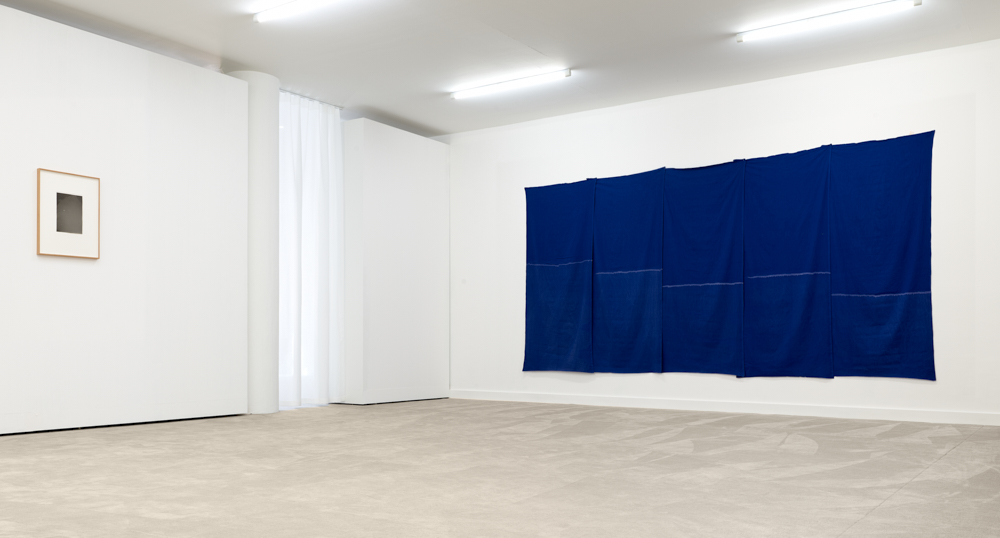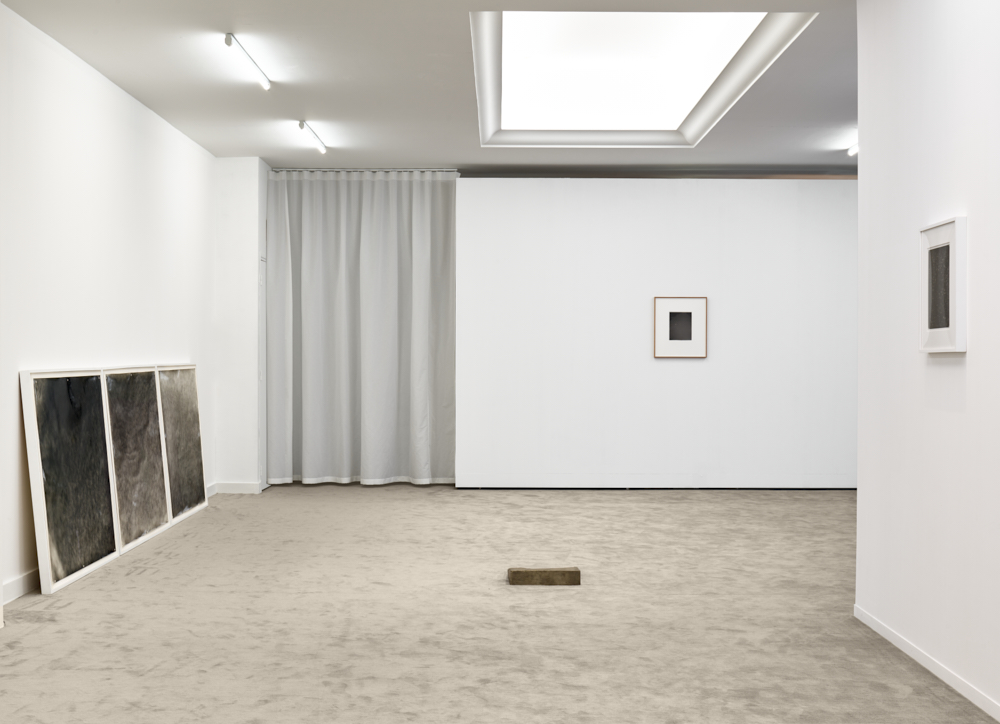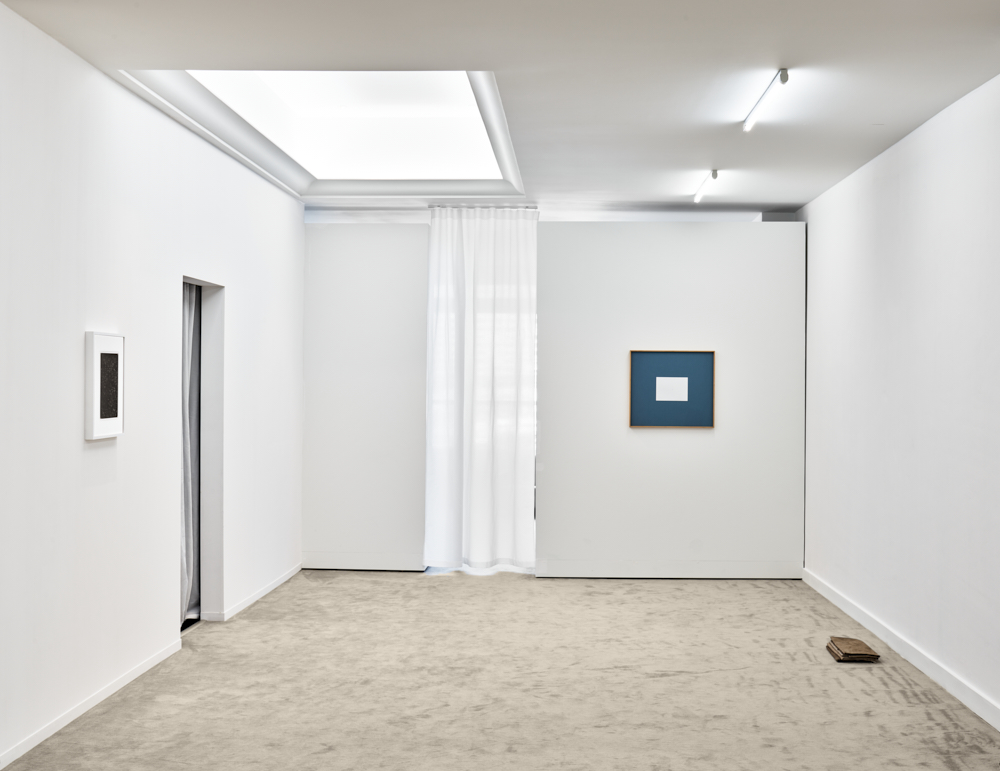
Sensibilità
June 7-October 6, 2023 – Monaco
Società delle Api presents the project by artist Renato Leotta and curator Marianna Vecellio at Le Quai in Monaco.
Visits to the exhibition free and by appointment only
contact@lasocietadelleapi.mc
Le Quai – Società delle Api
8 Quai Antoine 1er (4th floor)
Monaco
Exhibition Notes
Renato Leotta and Marianna Vecellio
1. Sensitivity
M
Sensibilità (Sensitivity) is Renato Leotta’s title for his exhibition on photographic practice at the Società delle Api’s exhibition space ‘Le Quai’ in Monaco.
According to the artist, photography is a tool that makes it possible to work on processes of image creation as developmental experience to manipulate, re-read and complete. It is not for describing or reproducing reality, but rather an opportunity for carrying out a series of exercises. For the artist, this practice is the site of recording experiences, of visualising the relationship between human spirit and chemistry and of emotional manifestation. Unassuming acts alter the nature of the image, locating it in another place, another semantic space. As he continues his experimentation, the artist spends more and more time lingering over the results traced out on the image, starting to deliberately abandon the photographic medium as an end to itself in order to locate the work in a new timeless metaphysical dimension.
R
Sensitivity is a mute human quality; it has to do with the silent, potential nature of feeling. In photography, the surface of the paper, an emulsified film measuring just a few millimetres thick, registers and records, expressing a desire and disturbance of light and shadow. In the light and dark of this emotional roller coaster of what can be, temporally, perceived by the senses, the image exhausts itself, chemically. The relationship between feeling and form disrupts and reshapes understanding of the image. Without language. Does time have an anatomical nature that works directly on form?
M
Language separates itself from form, which becomes pure feeling. Sensitivity!
2. The sea, because the sky
M
Leotta was born in Turin in 1982. His work is focused on investigating the real world and recording its most invisible and fleeting aspects. Working in various media, including sculpture, photography, film and painting on canvas and fabric, he has developed an ethereal, timeless aesthetic drawing forms and references from the industrial urban landscape and from the Mediterranean, complete with its history, archaeology and nature. His practice also draws on literature, anthropology and myth: he narrates through fragments aimed to explore the processes of vision and its connections.
R
A consequence: the sea, because the sky. The Mediterranean is a constellation of minority things, a continuity of fragmentations bent to specific geographic contingencies. The common denominator embracing all of this is the sky. Not the sea. The sky is the grammar that we can use to orient ourselves within a fluid, surface vector (the sea) that becomes instrumental to the meridian needs of horizontality, exchange and measure.1
The Mediterranean is therefore the sky that raises itself to the horizon over a surface of water (a blackboard for mathematical calculation). Connected to the earth by a band of light, its story is told by day like a sword made of sun,2 or by night like a silvery boat that conducts, like a stargate.
M
Leotta looks for the signs and traces of a interdependent relationship between the phenomena of the visible and ancient knowledge. The sea and the Mediterranean are understood as a school of learning that ties images to feelings, processes to myths, experiments to visualisations.
The Mediterranean is a performative space, a vast basin of development: a place of connections, movement and revelation, it is made of water, salt and other organic and inorganic materials, and inhabited by plants, microorganisms and other creatures. Its chemical composition, present as a horizon in the Multiverso (Orizzonti) series, light in the Lunagramma series and the manifestation of simple bioluminescent particles in the Plankton series, is the starting point for producing a situated knowledge made of manifestations, gaps and metaphors or, as Giorgio de Santillana wrote, a synoptic vision, since ‘seeing the world in depth is seeing it in its entirety’.3 From the sea to the sky.
R
I imagined the sea as a camera obscura and the moon as the lens of an enlarger, its waxing and waning determining the flow of light that acts and impartially illuminates us and everything around us. The light deposits itself on the surface of the paper immersed in the sea, shaped and filtered by the wind and the movement of the waves, recording the trace of an image that describes the surface of the water in a given period and blocks what we perceive with the naked eye as a succession of lines and reticulations running along the seabed.4
M
Sensibilità presents a collection of traces of nature made in collaboration with it. These photographic works are not photographs but Lunagrammi, photograms made by recording starlight or collecting moonlight in the depths of the sea; recordings of the glow of plankton or fireflies; horizons marked by the tides that trace their movements and heights; imprints of the flow of waves on the shore: feelings, behaviours, temperaments.
‘Ten sea urchins draw a map of the sky.
They are stars, comets, planets, suns, people.
Fallen into the sea during the night.
They are females and males; they are purple, red, brown, yellow. At night they are blue.
They have spikes. They move and shield themselves from light.’
__________________________________
1 Franco Cassano, Il pensiero Meridiano, Edizioni Laterza, Roma 2021
2 Italo Calvino, Palomar, Mondadori, Milano 1994
3 Giorgio de Santillana, Hertha von Dechend, Sirio, Adelphi, Milano 2020
4 Intuition, 2017. Eds. Daniela Ferretti and Axel Vervoodt, Palazzo Fortuny, Venice. ‘Il necessario’, Davide Daninos. MER. Paper Khunsthalle, Ghent


